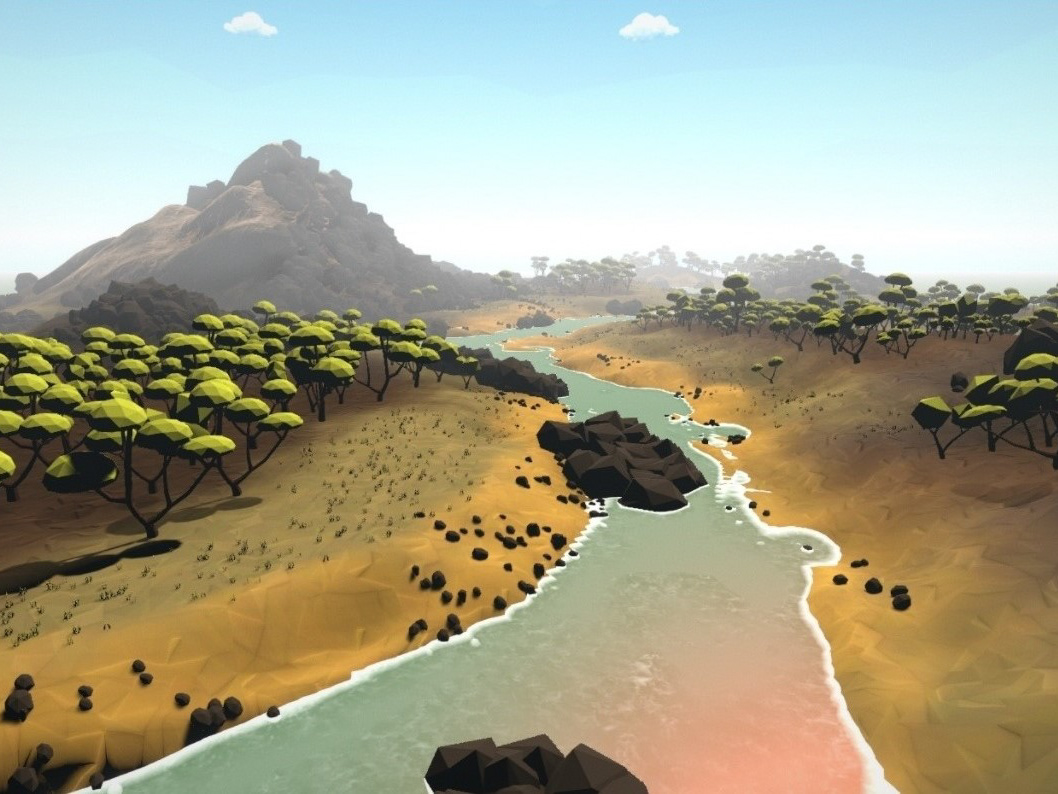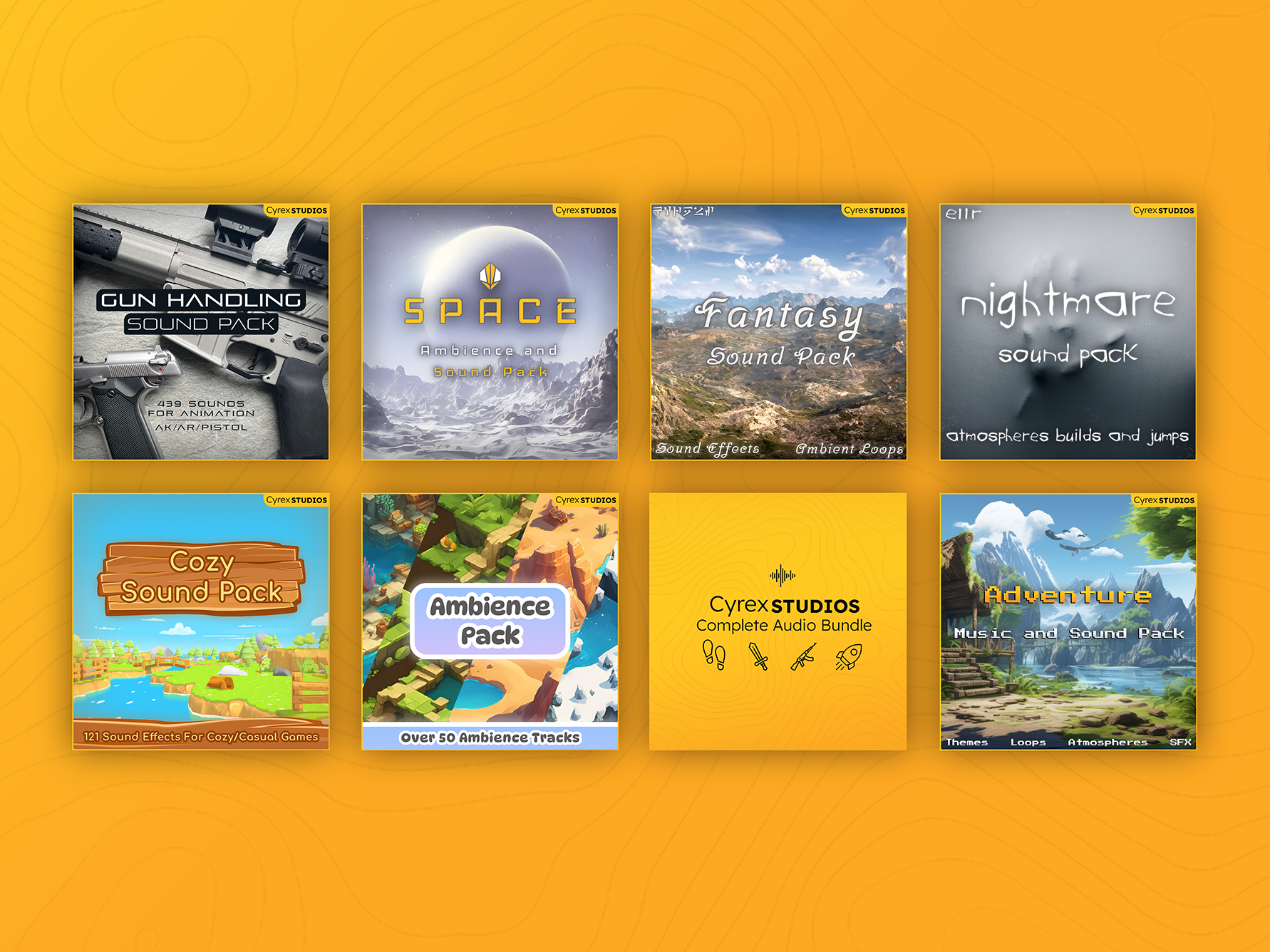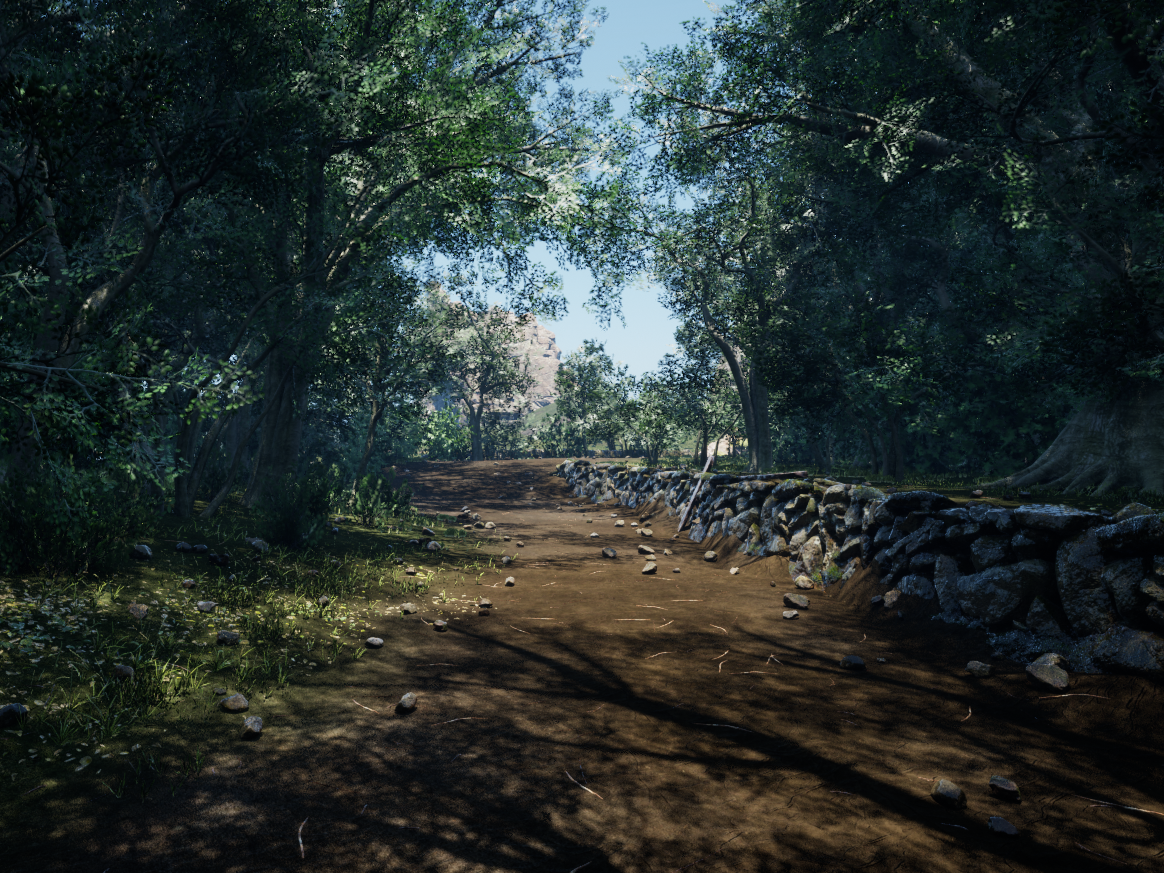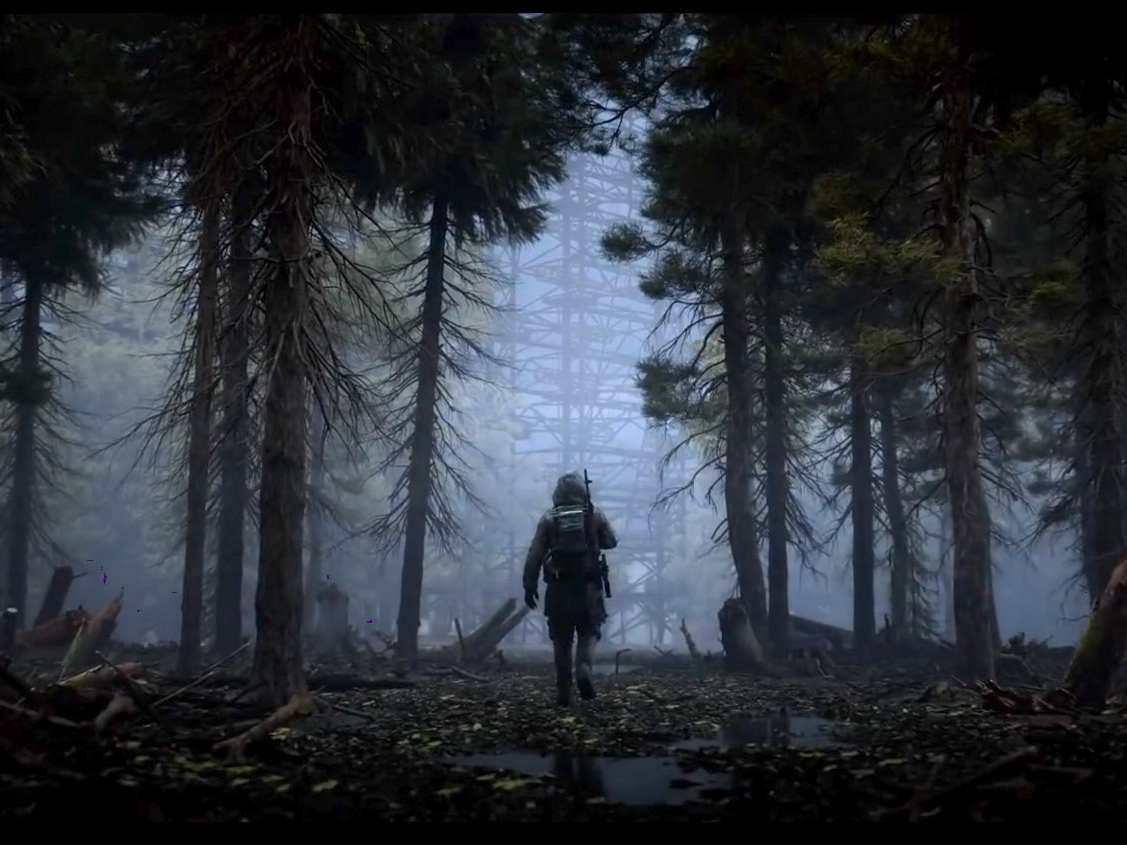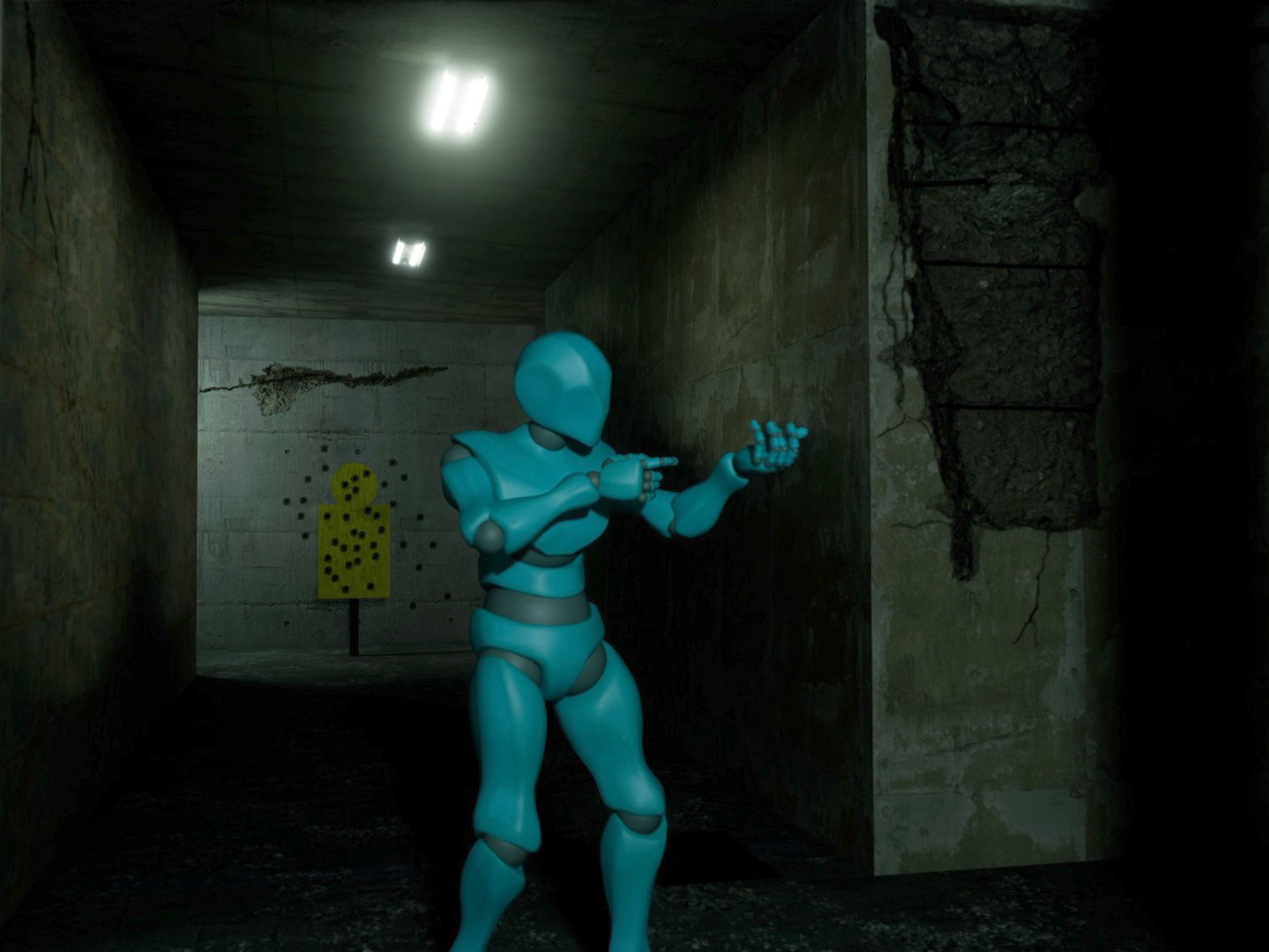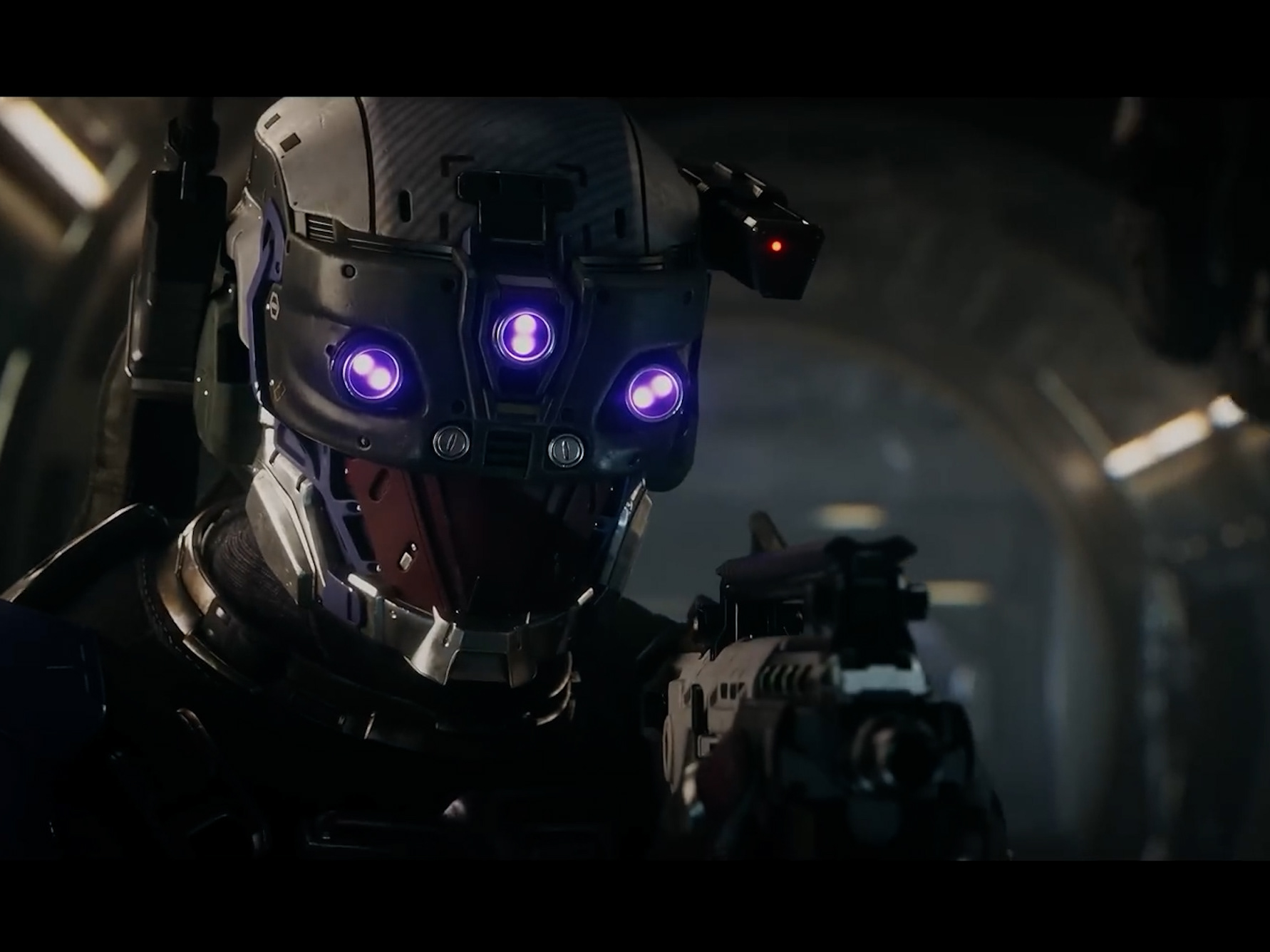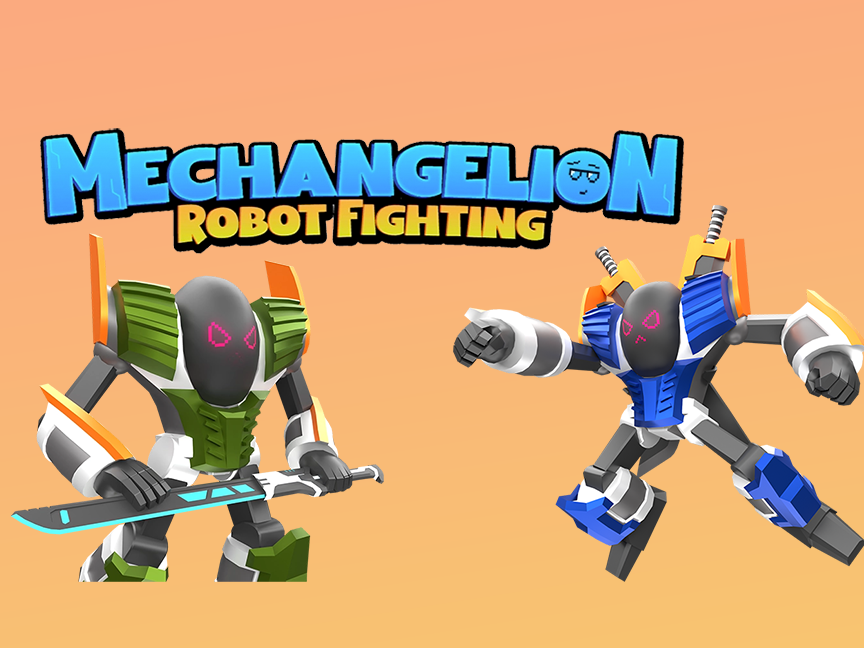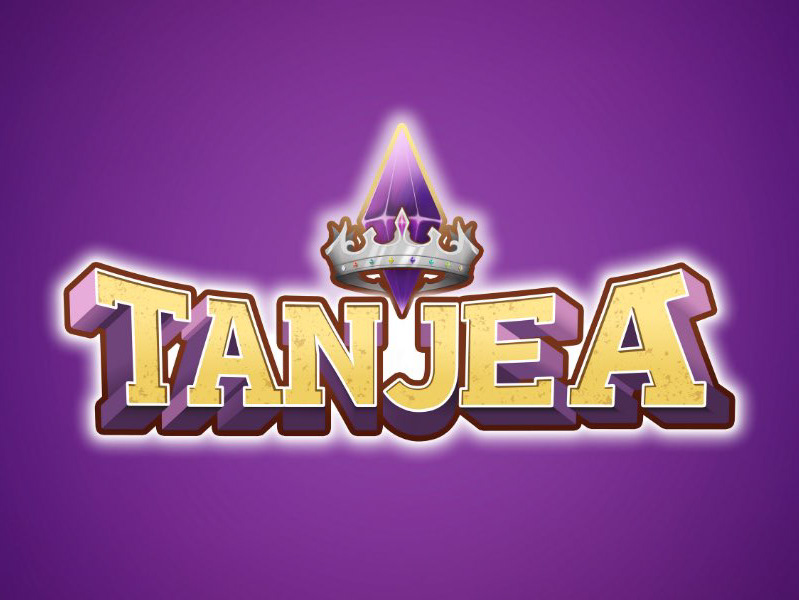This project aims to highlight my capabilities when it comes to music and sound effects. I took a video game trailer, chose a portion to work on and removed the audio before recording and creating my own.
The first step in a project like this is to spot the video, watching through and making notes at each event that will be represented with a sound, for instance the birds in the opening shot and the impact noises for each moment of contact. Then I made comments on the notes, starting to think about how I might generate or record those sounds. This is not only useful for the initial generation of thoughts on how these sounds might be created, but also as a checklist later in the process to ensure every event I noticed has been added
From my notes I generated a shopping list of items I would need for specific sound effects and purchased them in set up for a recording session. The recording was done in a makeshift soundproofed room in an effort to negate as much background noise as possible.
I recorded the stabbing sounds by slicing a watermelon, focusing on the timing of slices by recording short and long stabs in time with the visuals. Next I took a lettuce which, when hit, sounds alike to punching. I experimented with microphone distance, the force behind the impact and hitting at different angles to give a wide range of sounds for me to later choose from. A huge consideration throughout the recording is to capture many different sounds, to reduce the amount of duplicates in the final cut, as these can be noticeable and impact the listeners immersion.
Next, I recorded crushing a pepper and snapping celery to imitate bone breaking. This is used primarily for the neck snap but also often added behind impact sounds to give some dynamics to the hits and help differ the sounds from one another.
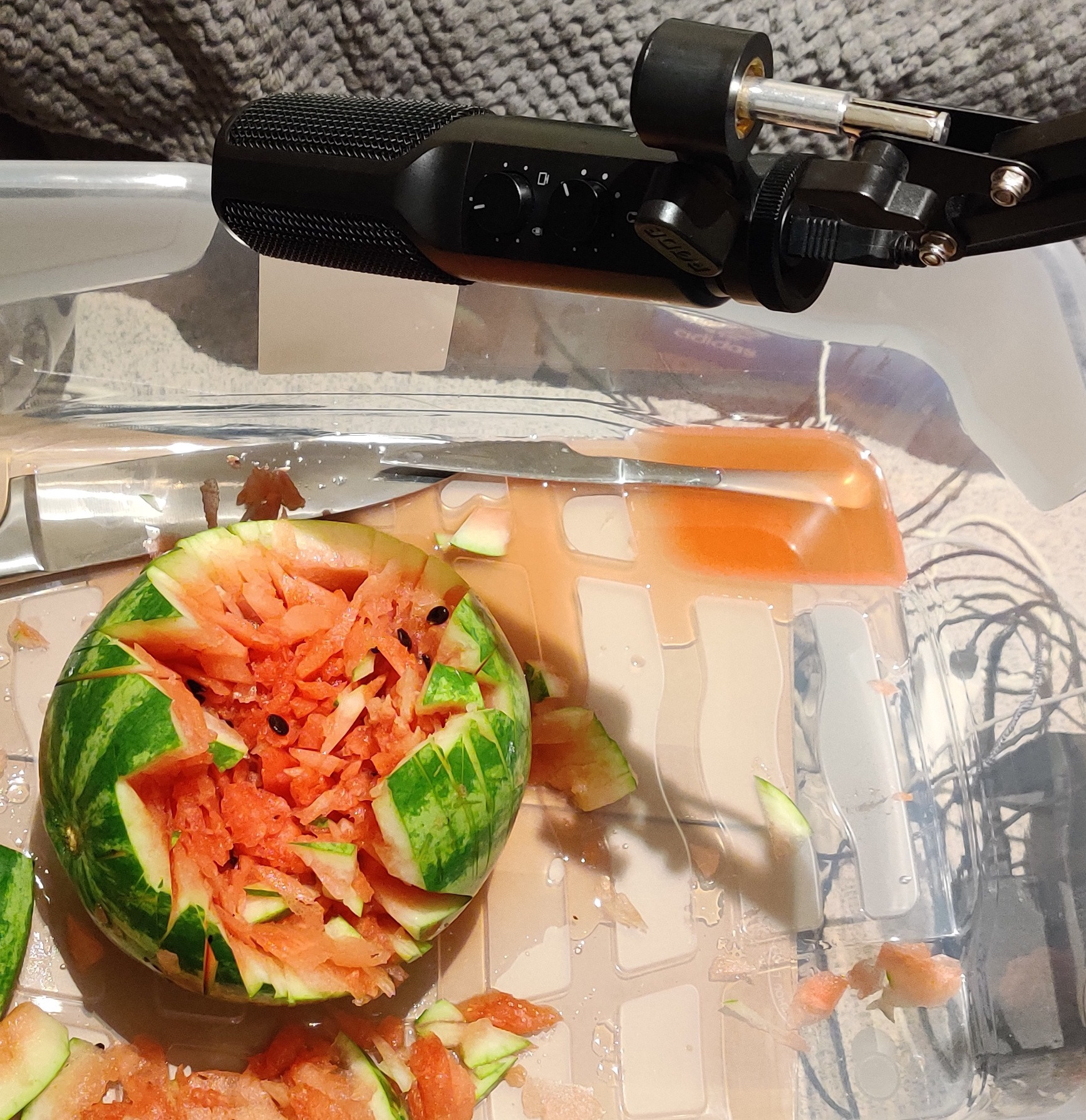

Once recorded, the editing stage began. This was possibly the hardest part of the project. With raw recordings totalling over 15 minutes, I listened through, cutting down and organising the individual sounds into their categories and removing the substandard recordings.
The next stage was the preliminary placement of sounds and initial editing. Some basic filtering was applied to all channels, cutting the background noise still left in all the recordings and cleaning up some nasty frequencies, before starting to place the basic sound effects like punches. These sounds are placed perfectly on the moment of impact and are the foundation of the audio, whereas later details are more improvised when it comes to timing, making punches a good start point to build upon.
With the basic impacts in place, I recorded and placed the sword and blade sounds. These were recorded with a variety of knives, giving a range in pitch and length. The recordings were done while watching the visuals, helping me to time and customise each sound for the placement it would be fitting. This was essential as blade scrapes are not easily edited in length and often noticeable if altered. As the punches and blades were always going to be at the forefront of audio in this project, then needed to sound perfect before editing.
The sounds behind sword swings and the near miss 'whoosh' was recorded using a bamboo stick swung past the microphone.
With the basic sound effects recorded and placed, I began working on the additional sounds. Sections like the 'crowd' which consist of metallic dings and scrapes, intended to represent the many bodies onscreen that are visible but not at the forefront of the shot. These crowd sounds consist of multiple layers, all with differing pitches and timing, giving a cluttered feeling to the crowd. Other details were implemented, like the birds and background noise, which consists of soundscapes carefully layered. A wind effect was added by blowing on a microphone, which gives a similar 'baffling' sound as wind does to your ears, and therefore fits very well.
All the tracks were then mixed, listening through and adjusting the overall volume of each track so that it sounded natural and exaggerated alongside the visuals.
With all the audio recorded and in place, the next step was the final touches. Each piece of audio was listened through and given an individual increase or decrease in gain (volume) depending on how close the action is performed onscreen and how severe it is, as well as a panning (left and right) sometimes dynamic. Where a weapon is swung onscreen from right to left, towards the main character, the audio matches that action, panning left to right and increasing in volume as it gets closer. These touches give some nice dynamics to the sound, helping immerse the listener.
The tracks were then sent into complied tracks called a bus, these allow multiple tracks, such as all the metallic sounds, to be given master effects, like a long tailed reverb to give that 'hollywood' sound you expect to hear from a sword. These tracks were also compressed to varying degrees, helping bring out the small details in the audio and bringing the sounds together. this also helps to adjust the volume of a section, bringing up the background soundscapes or reducing the punching sounds by simply adjusting one track.
All the audio was brought together and bounced down into a single file ready for integration with the music.
I had two aims for the music. Firstly I needed to fill the empty space that drew my attention away from the sound effects. I also wanted the music to heavily compliment the visuals, while not impacting the sounds. The designing of the music was approached as more of a sound design task than a music production one, with it being so tailored around the visual events and sound effects.
The base of the music is a destructive synthesiser that has a strong but not overwhelming presence, designed to mimic a war horn. Backed up with some strong, militaristic drums, it adds depth the the audio. I used some scatter instruments such as a high pitched choir and violins with automated panning, moving from left to right and back throughout the piece. The kick drum is used to imitate a heartbeat in the opening scene, adding another layer of depth to the visuals and the music is timed to certain key events.
Designing music for visuals can sometime be a difficult task as they often to not have a consistent pattern of events. The virtual BPM (beats per minute) of a video is constantly changing. I used small breaks in the music before key events before lining up and emphasising them with the synthesiser to create a natural sounding backing to the video.
Once the music was completed, it was placed alongside the audio track and balanced in volume before final editing. The music has a compressor that is side chained to the sound effects track. This means that the compressor only functions when the sound effects are playing. This results in the music seamlessly filling the gaps in sound effects but gently being reduced for the sounds to take priority in key moments.
The end product is an immersive and engaging video that serves its purpose to great effect.

